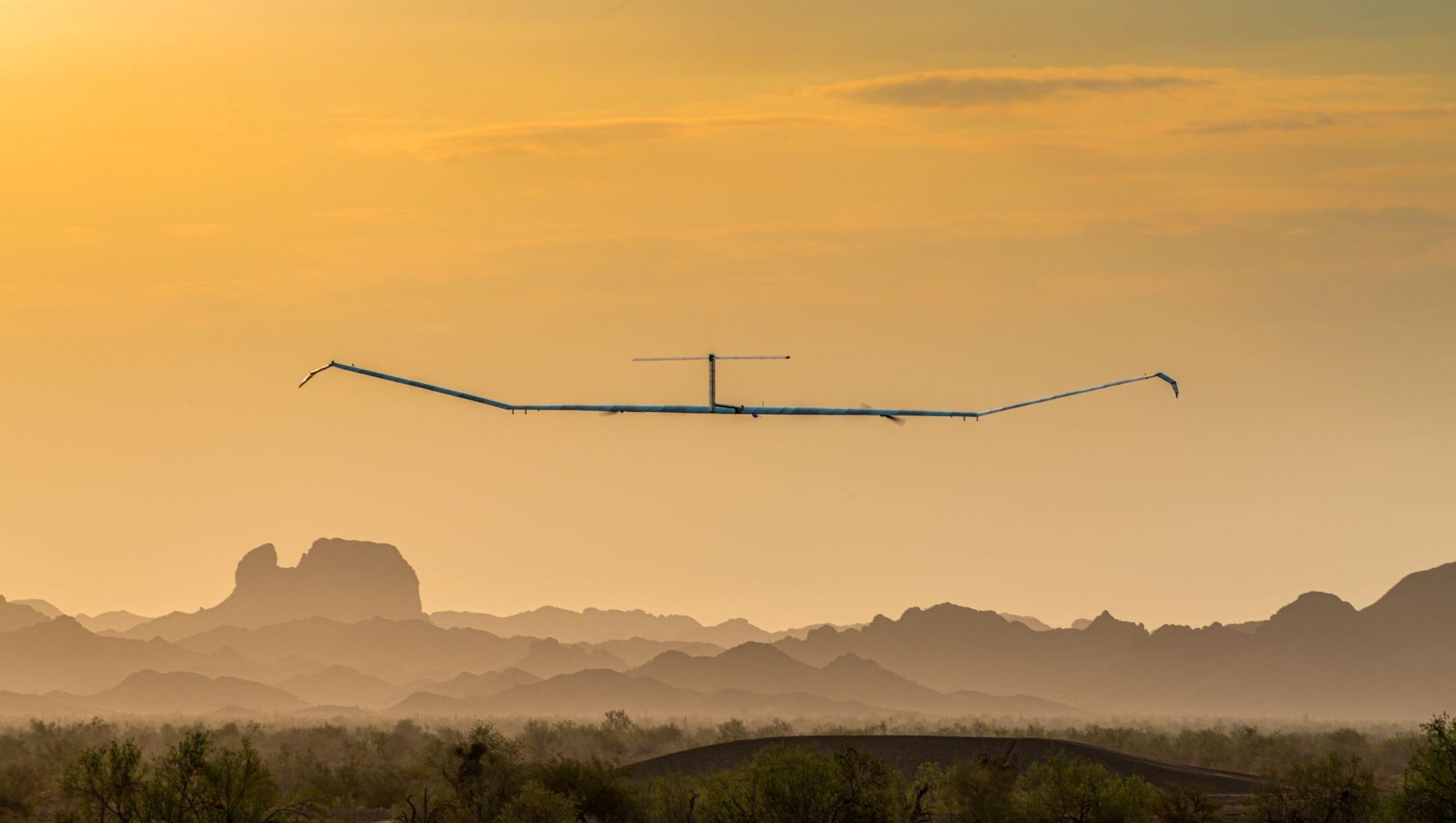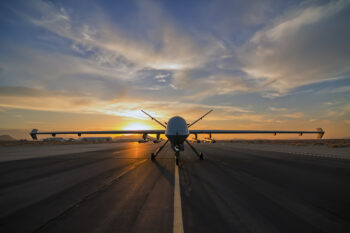
The Zephyr high-altitude drone (Airbus)
WASHINGTON — 2022 was a time of transition for the US Army. It was also a time of transition for Breaking Defense’s coverage of the service, with reporter Andrew Eversden covering the majority of the year before moving on to greener pastures. While we wish him the best, we’re thrilled to have hired Ashley Roque to cover the beat.
Of course, Ash has only been on board for about three weeks, so for this year, as managing editor, I’m subbing in for this Top 5 rundown, with a look at the pieces I found particularly interesting or notable.
[This article is one of many in a series in which Breaking Defense reporters look back on the most significant (and entertaining) news stories of 2022 and look forward to what 2023 may hold.]
1. Ukraine’s Turkish-made drones face off against advanced Russian military
It’s easy to say now that Russia’s invasion of Ukraine sparked a new, dangerous era in drone warfare. But just a day after Russian troops crossed the border, Breaking Defense published a prescient report about how Ukraine’s medium-sized Turkish-made drones, TB2 Bayraktars, would be facing Russia’s supposedly advanced forces in the latest operational use of the medium-sized UAVs.
“We learned from Nagorno-Karabakh that when countries have the capacity to operate armed drones on the battlefield, and air defenses are less of a concern, that drones can play an important role in anti-armor warfare,” Michael Horowitz, then a professor at the University of Pennsylvania, said at the time.
It turned out the Bayraktars proved themselves against what turned out to be an ill-prepared and ill-equipped Russian military — so much so that they inspired a song early on in the conflict.
2. A prototype spy plane is tracking Russian force movements for the US Army
This story, from just days before Russia’s invasion, revealed the apparently operational use of a prototype Army spy plane to keep an eye on Russian forces along the border.
Flight data from the time showed that the plane, known as ARTEMIS, tended to make the same flight path every day, first taking off from Romania and flying through Slovakia and Hungary, where it can get a quick glimpse of Ukraine. From there, it moved along Poland’s eastern and northern borders — a route that allowed ARTEMIS to project its sensors into Belarus, where Russia has staged troops, as well as Russia’s Kaliningrad enclave.
In a statement to Breaking Defense that did not specifically reference ARTEMIS, US European Command acknowledged then that it routinely operates aircraft in the region in support of US intelligence objectives.
3. Three questions following the Army’s FLRAA decision
Away from Ukraine, the US Army saved some of its biggest news of 2022 for the end. After years of waiting, the service finally made a decision earlier this month in the high-profile competition to replace the Black Hawk helicopter, picking Bell Textron’s V-280 Valor tilt-rotor for the Future Long-Range Assault Aircraft (FLRAA) program.
But the selection is hardly the end of the story, and this report explored some critical, open questions not only about the future of the program, but on how it could impact another major Army program, as well as the procurement plans for multiple partner nations.
4. Army’s robotic vehicle slipped behind ‘enemy’ lines in European exercise
Militaries the world over are readying themselves for the operational use of land-based robots in combat trying to figure out variations of one general question: What do we do with these things? Are they best used as automated troop transport? Mechanical supply mules? Unmanned evac?
As this story relates, at an Army exercise in Europe, clever operators managed to send a robotic vehicle behind “enemy” lines, where it popped smoke at an enemy airfield, paralyzing the opposition’s helicopter fleet. In the same exercise, the robot was sent to obstruct enemy landing zones and block tactically important intersections.
Maj. Cory Wallace, the robotic combat vehicle requirements lead for the Army’s Next Generation Combat Vehicle Cross-Functional Team, said at the time part of the robotic vehicle’s value is that it “creates multiple dilemmas for the enemy.”
5. Army’s ultra-endurance Zephyr drone comes down after ‘unexpected termination’
This is perhaps the least consequential story, but as the rest of the staff is very aware, it became something of a personal obsession of mine. This is the story of the Zephyr, a spindly extremely long-range drone that got itself stuck in the air over Arizona for weeks.
Breaking Defense first wrote in July about the Zephyr when it broke an endurance record, but the real story came when we asked the Army when they planned to bring the plane down. The answer, apparently, was that nobody knew.
At the time, Army officials said they were waiting until weather conditions became “ideal” to bring it down. But that never happened, and more than a month later the Army cryptically said it suffered an “unexpected termination.”
It was a fittingly mysterious end for a mysterious plane, and I hope everyone joins me in mourning this loss. I’m sure the rest of the Breaking Defense team is eager for it to go back up again so that I can obsess over this weird looking plane once more.






















